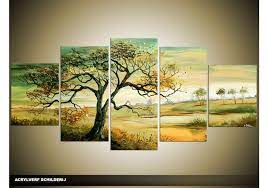Painting, an age-old form of artistic expression, transcends the boundaries of time and culture. From the ancient cave schilderij of Lascaux to the modern masterpieces adorning the walls of contemporary galleries, the art of painting has evolved, diversified, and enchanted humanity for millennia. In this article, we delve into the rich tapestry of painting, exploring its history, techniques, and enduring significance in the realm of art and culture.
A Journey Through History: The origins of painting can be traced back to prehistoric times, where early humans utilized natural pigments to depict scenes of everyday life, hunting expeditions, and spiritual rituals on cave walls. These primitive yet poignant expressions served as a visual chronicle of humanity’s collective journey through time.
As civilizations flourished, so too did the art of painting. Ancient Egyptian murals, adorned with vibrant colors and intricate hieroglyphics, immortalized the stories of pharaohs and gods. The classical period of Greece and Rome saw the rise of frescoes and mosaics, depicting mythological tales and historical events with unparalleled elegance.
During the Renaissance, painting experienced a golden age, with luminaries such as Leonardo da Vinci, Michelangelo, and Raphael pushing the boundaries of artistic innovation. Their mastery of perspective, light, and form gave birth to some of the most iconic works in art history, from the enigmatic smile of the Mona Lisa to the majestic ceiling of the Sistine Chapel.

